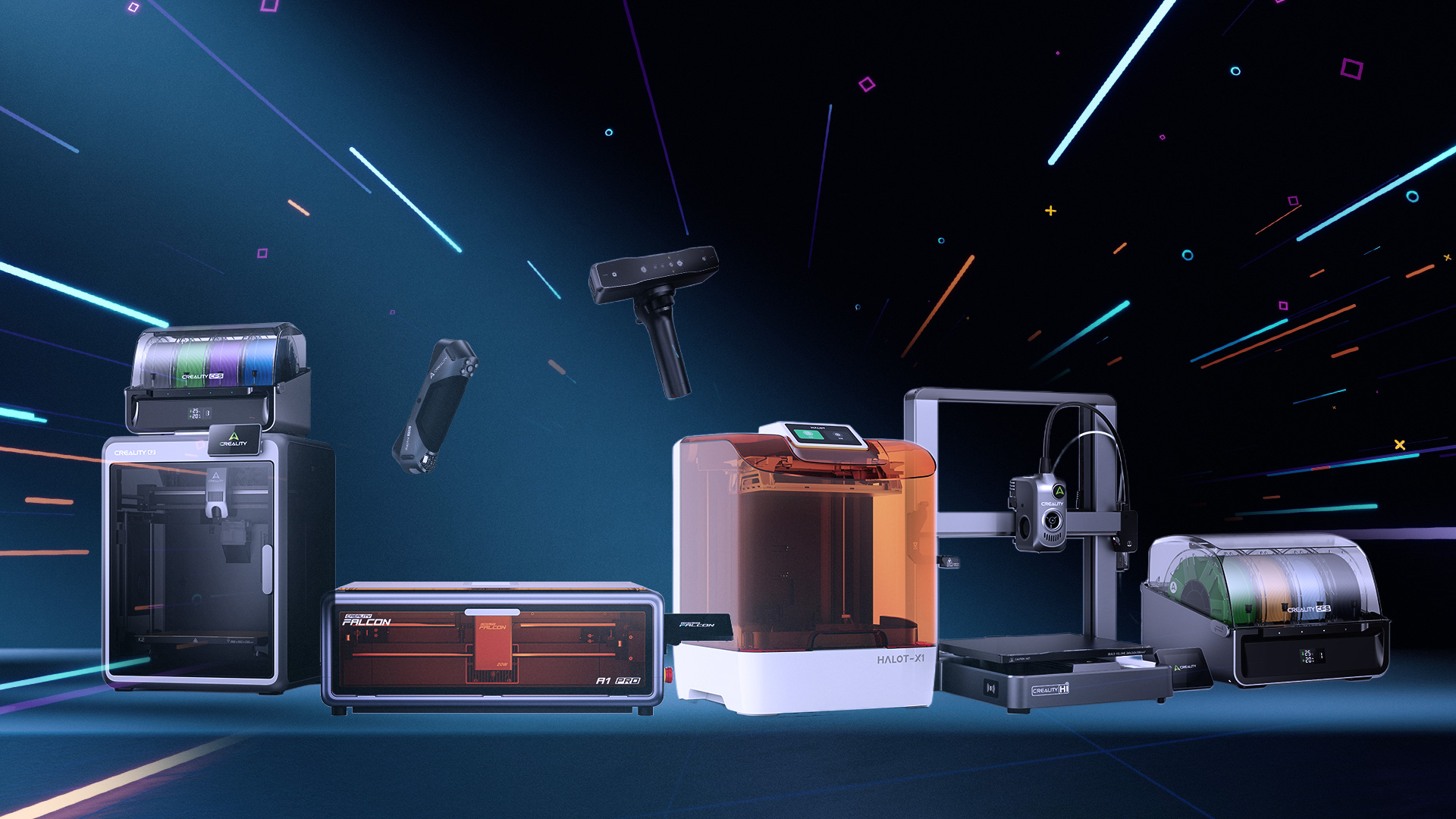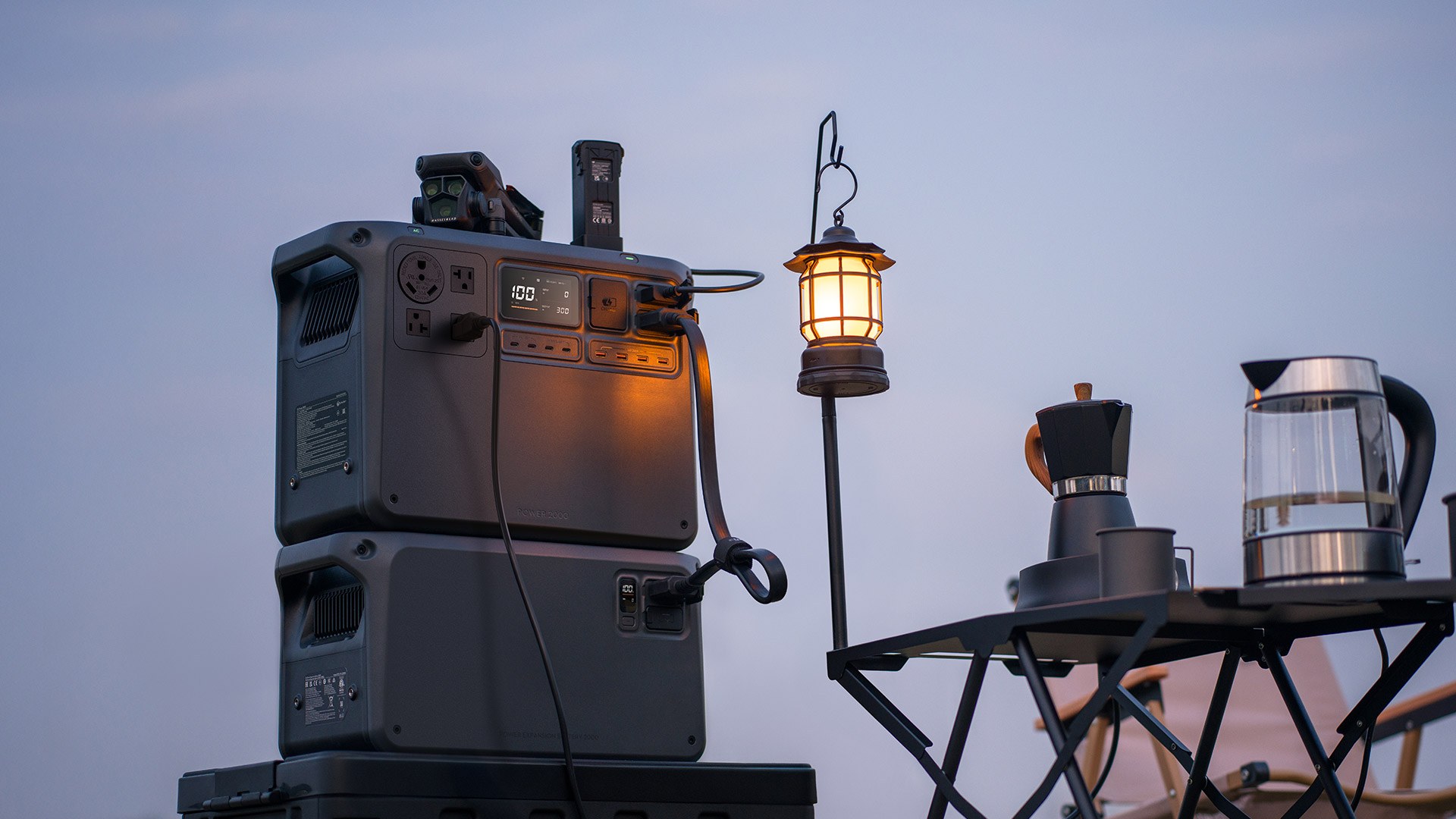Drone nerds Blog
Featured Articles

Drone Nerds Nov 13, 2025 5:15:05 PM 2 min read
Explore the World of 3D Creation with Creality and Drone Nerds
Read More

Drone Nerds Jul 2, 2025 8:00:00 AM 2 min read
DJI Power 2000: The Ultimate Portable Power Station for Drone Enthusiasts and Everyday Life
Read More

drone photography DJI Mavic Series Drones DJI Mavic 4 Pro Drone Nerds May 13, 2025 5:28:11 PM 4 min read
Revolutionizing Aerial Photography & Videography: DJI Mavic 4 Pro's Game-Changing Features
Read More
